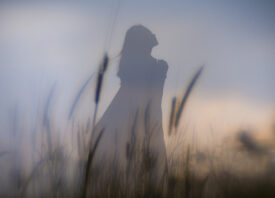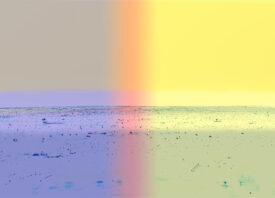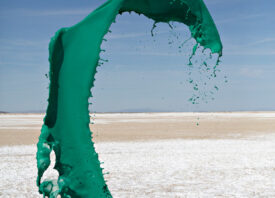Search this site
The Breathtaking Simplicity of the Indonesian Landscape


When Hengki Koentjoro makes pictures, he relishes loneliness. Being solo with only the rustle of the wind and the rolling of the tides isn’t painful; it’s reassuring and life-sustaining.
Koentjoro cites the teachings of Zen Buddhism as a primary resource in composing his elegant black and white frames. “They look at this world in a most uncomplicated way,” the artist says. In 13th Century Japan, Zen monks painted in ink, and indeed, faint echoes of their aesthetic can be detected in the work of the contemporary Indonesian photographer.
The real magic, Koentjoro suggests, lies less in the subject than it does in the negative space surrounding it. He uses long exposures, he says, to erase all that is non-essential; the tides, once uneven, become unified and unvaried.
Each picture comes only after a great deal of patience. The wilderness of Indonesia, the artist explains, can’t be tamed or directed. His role is to watch and wait. He allows the elements, the breeze, and the birds to take the reins. “So far, nature has been good to me,” Koentjoro writes, “She rarely disappoints.”
The photographer identifies as a minimalist, but that’s not to say his photographs are absent of tension and complexity. Here, emptiness becomes abundance, and a whisper is louder than a cry. Yes, Koentjoro’s photographs are lonely, but their loneliness isn’t sharp-edged. Solitude, it seems, is something to be treasured.








All images © Hengki Koentjoro
via Lensculture



